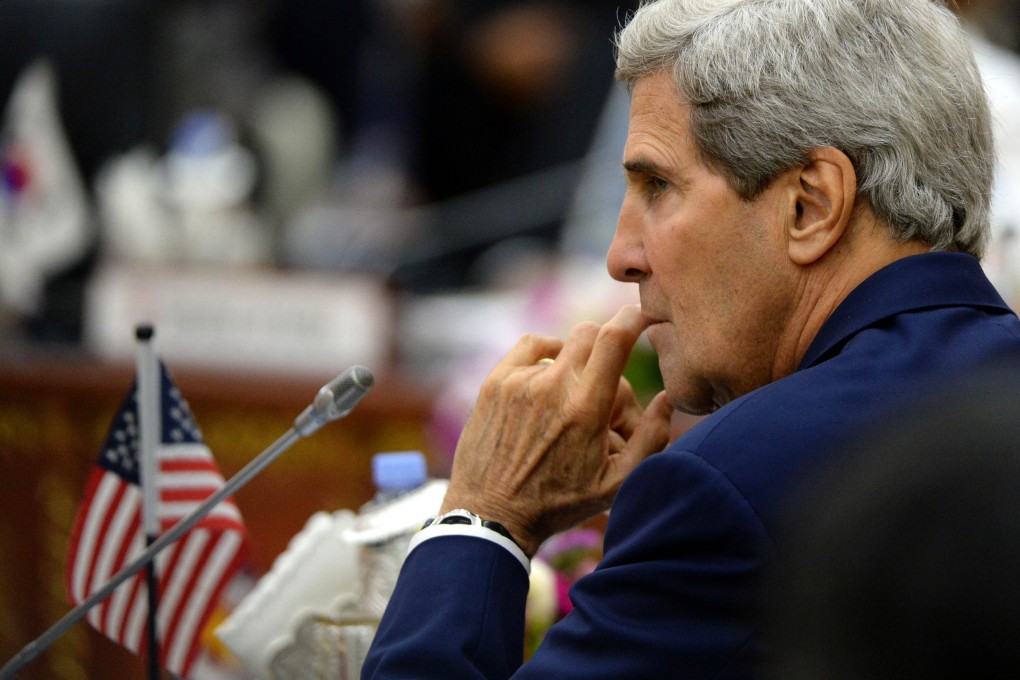America must work for its place in Asia
Simon Tay says Obama no-show did not stop region getting things done

More attention was given to US President Barack Obama's late decision to cancel his trip to Asia than to what the region did without him. This is testimony to America's enduring power and its president's prestige.
What China did, however, received much attention though it is wrong to see Beijing's gains as being at America's expense. The new Chinese leadership always planned to make an early and strong impression across the region.
Premier Li Keqiang set a new context for ties with the Association of Southeast Asian Nations. China now aims to make the South China Sea a "sea of peace" and calm the disputes that have bedevilled relations. Beijing will also upgrade the free-trade agreement with Asean, with ambitious trade and investment targets. The Philippines - a vocal disputant over maritime issues - will not be pacified. But with others, these Chinese efforts can be persuasive.
While Asean itself made fewer headlines, this was largely because its journey towards becoming a community by 2015 remains on track. But some initiatives do deserve attention.
One is the Asean Infrastructure Fund that will soon commence lending. While this begins with only US$1 billion, the fund - supported by the Asian Development Bank - can gather momentum to support connectivity needs.
Another initiative is the Regional Comprehensive Economic Partnership to tie together Asean's free-trade agreements, from Japan to India, and down to New Zealand. The first ministerial meeting of the partnership was held in Brunei this year and the effort - which excludes the US - bears watching in relation to the Obama-endorsed Trans-Pacific Partnership.